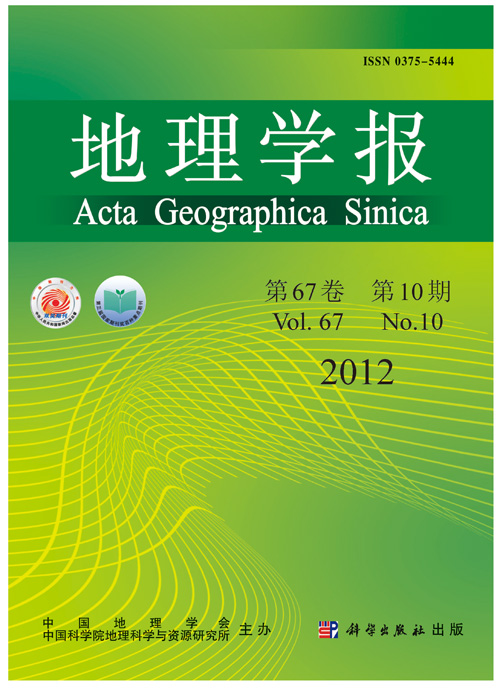FANG Yangang, LIU Jisheng
Rural landscape is the main part of a terrestrial ecosystem, and plays a vital role in the human-environmental interactions. It mainly consists of rural building, settlement, agricultural land, and natural space, and has both commercial functions such as production functions and consumption functions, and noncommercial functions such as ecosystem service functions and defending functions of private rights. It is a cross field of geography, ecology, and social science. The development of urbanization, transportation network and globalization since the second half of the 20th century has profoundly changed rural space and rural landscapes. Different disciplines and researchers have different descriptions, interpretations and assessments in terms of these changes. Consequently, the rational understanding of rural landscape changes is impeded, as well as the optimized utilization and efficient protection of rural landscape. Using the research results published at home and abroad, this article put forward four more inclusive and explanatory ideal type narratives of rural landscape changes: protection narrative, modernization narrative, fair subsistence narrative, and endogenous development narrative. In this way, this paper refined the diversified values, assumptions, theories, viewpoints and strategies of rural landscape changes more objectively and comprehensively. The shift of rural areas from an economy centered on agriculture to a more service-centered economy is inevitably an increasingly global process. Meanwhile the rural landscapes and their functions have a significant spatial heterogeneity and temporal variability. In the end, this paper uses the natural, landscape, social-economic and spatial indicators to identify seven future scenario types of rural landscape evolution in China: arable production landscape, tourism landscape, natural landscape, agriculture-nature balanced landscape, nature-tourism balanced landscape, agriculture-residence balanced landscape, and rights competed landscape. Each type of rural landscapes has different locations, compositions and functions. Their optimizing strategies are discussed respectively so as to provide a scientific reference for the construction of healthy, productive, attractive and harmonious rural landscape in the future.
